Table of content
Introduction
Table salt, a staple in most kitchens worldwide, serves as an essential seasoning that enhances the flavor of countless dishes. However, one common issue that many households face is the problem of salt becoming damp. Moisture can infiltrate salt containers, leading to clumping and a reduced quality of the seasoning. This not only affects the taste but can also make it difficult to measure and use. In this article, we will explore various methods and strategies to effectively prevent table salt from becoming damp, ensuring that your seasoning remains fresh, dry, and ready to use at all times.
Understanding the Problem: Why Salt Becomes Damp
Before diving into solutions, it’s crucial to understand why salt becomes damp. Salt, particularly table salt, is hygroscopic, meaning it has a natural affinity for absorbing moisture from its surroundings. This property is enhanced when salt is exposed to humid conditions or improperly stored. Additionally, the presence of impurities, such as magnesium chloride and calcium chloride, which are often found in unrefined or sea salt, can increase its moisture-absorbing capabilities.
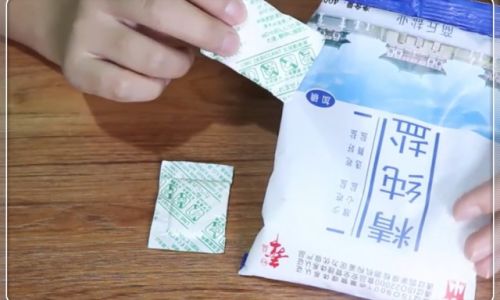
When salt absorbs moisture, it forms small crystals that stick together, creating clumps. These clumps can make it difficult to pour or measure the salt accurately, and over time, the moisture can degrade the salt’s quality and flavor.
Choosing the Right Container
One of the most effective ways to prevent salt from becoming damp is to store it in an appropriate container. Here are some key considerations:
Airtight Sealing
An airtight container is crucial in preventing moisture from entering. Look for containers with tight-fitting lids that create a seal, preventing air and humidity from penetrating. Silicone or rubber gaskets can provide an additional layer of protection.
Material Choice
The material of the container also plays a significant role. Glass and ceramic containers are excellent choices because they are non-reactive and won’t alter the taste of the salt. However, they can be brittle and prone to breaking. Plastic containers, on the other hand, are durable but should be chosen carefully to avoid those that may leach chemicals into the salt. Stainless steel containers are another option, but they can be more expensive and heavier.
Size Matters
Choose a container that is just large enough to hold the amount of salt you typically use within a reasonable timeframe. Large containers increase the surface area exposed to air, increasing the risk of moisture absorption.
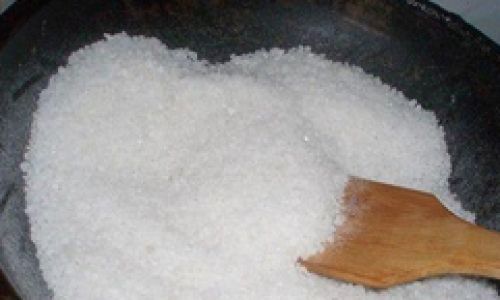
Transparent Options
A transparent container allows you to easily monitor the salt’s condition without opening the lid, reducing the frequency of exposure to air.
Using Desiccants
Desiccants are substances that absorb and retain moisture. Adding a small packet of desiccant to your salt container can significantly reduce the risk of dampness. Common desiccants include silica gel, clay desiccants, and calcium sulfate. Ensure the desiccant packet is sealed and placed in a corner of the container where it won’t interfere with the salt’s use.
Controlling Humidity
Humidity is a major culprit in causing salt to become damp. Here are some strategies to manage humidity in your storage area:
Dehumidifiers
Using a small dehumidifier in your pantry or kitchen can help maintain a lower humidity level, creating a less favorable environment for moisture to accumulate.
Air Circulation
Ensure good air circulation in the area where you store your salt. Avoid storing it in enclosed spaces or cabinets with poor ventilation.
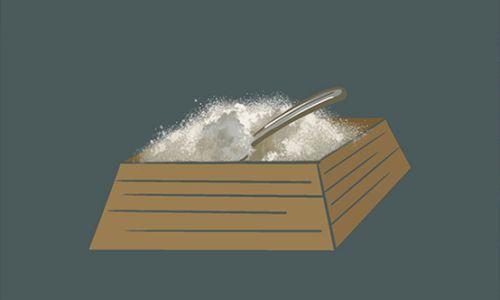
Temperature Regulation
Extreme temperature fluctuations can also contribute to moisture problems. Try to maintain a consistent temperature in your storage area to minimize condensation.
Storing Salt Properly
Proper storage practices can further reduce the risk of salt becoming damp:
Keep Away from Heat Sources
Direct heat can cause salt to lose its crystalline structure and become more susceptible to moisture. Avoid storing salt near ovens, stovetops, or other heat sources.
Avoid Direct Sunlight
Extended exposure to sunlight can also degrade the quality of salt. Store your salt in a cool, dark place.
Higher Shelves
If possible, store salt on higher shelves where it is less likely to be exposed to splashes or spills that could introduce moisture.

Use Fresh Salt Regularly
Regularly use and replenish your salt supply. Old salt that has been sitting in a container for a long time is more likely to absorb moisture.
Alternative Storage Methods
For those looking for innovative solutions, consider alternative storage methods:
Salt Shakers
Salt shakers with built-in moisture-blocking mechanisms, such as ceramic or porcelain shakers with tight-fitting lids, can be effective.
Vacuum-Sealed Bags
For larger quantities, vacuum-sealing salt in airtight bags can provide long-term protection against moisture.
Mason Jars
Mason jars with airtight lids are a popular and cost-effective choice for storing salt. Their wide mouths make it easy to scoop out the salt without creating too much disturbance.
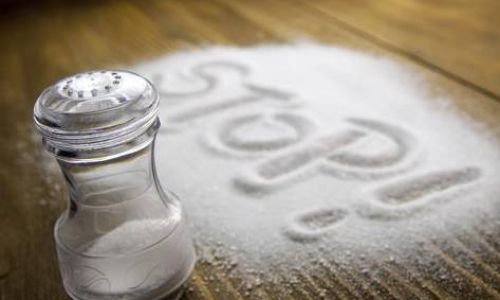
Conclusion
Preventing table salt from becoming damp is a straightforward process that requires a combination of the right container, proper storage practices, and humidity control. By following these guidelines, you can ensure that your salt remains fresh, dry, and ready to enhance the flavor of your dishes. Remember, a little effort in maintaining your salt’s quality can make a big difference in the taste and texture of your cooking. So, the next time you reach for that shaker or container, take a moment to consider these tips and keep your salt in optimal condition for the best culinary experience.

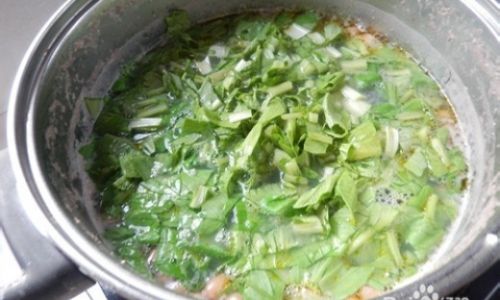

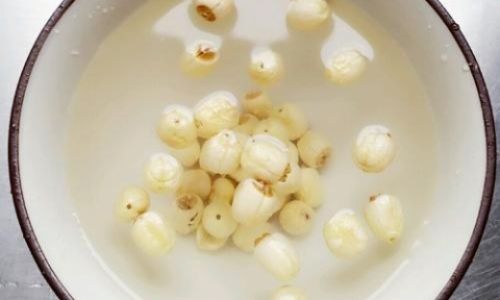
0 comments